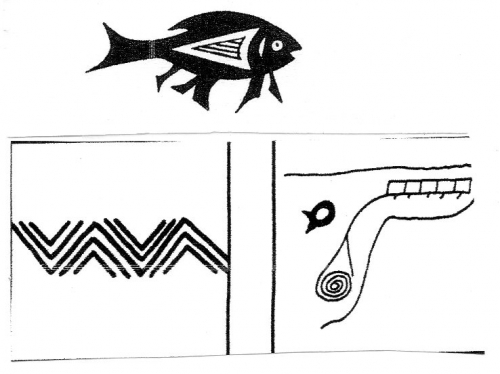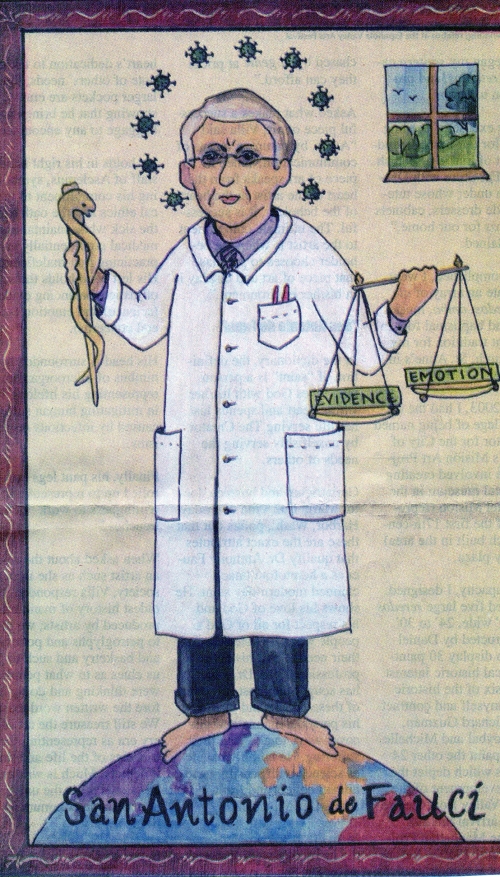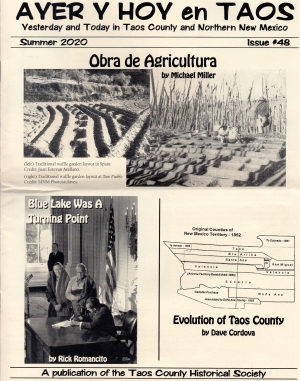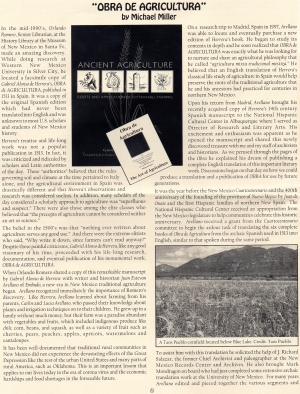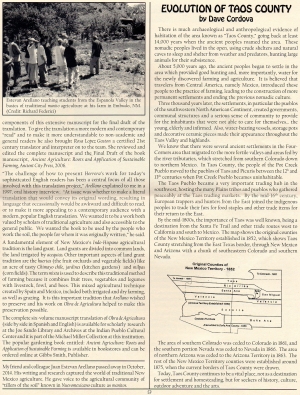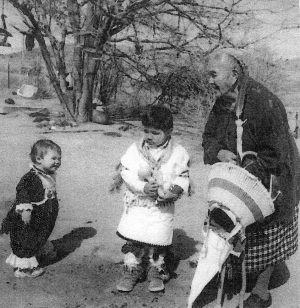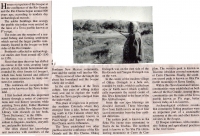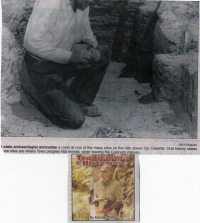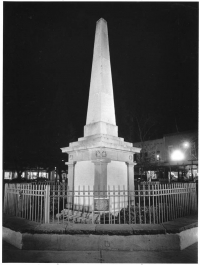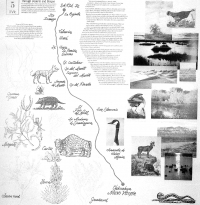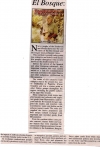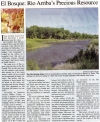My View Oliver La Farge
Obelisk is a part of 'real' Santa Fe past
- By Oliver La Farge
- Jun 27, 2020
In the 1950s and early '60s, my father, Oliver La Farge, had a weekly column in The New Mexican under Robert McKinney. For those who have forgotten, by that time, my father had been fighting for Indian rights, for their decent treatment and for the honoring of treaties for decades. As an anthropologist and advocate, he was widely considered America's foremost authority on Indian society and culture, which is one reason he decided to live in New Mexico, aside from the fact it was my mother's ancestral home.
The question of the obelisk first came up in the 1950s. This is what he had to say in 1961, taken from the book of his columns, The Man with the Calabash Pipe, edited by poet Winfield Townley Scott.
John Pen La Farge
"Some Folklore and a Monument"
From several sources I hear of a peculiar folklore of misinformation about the obelisk in the center of the Plaza. It is important that the truth be made known …
One false belief is that the monument landed in the Plaza because it was unwanted and there was nowhere else to stick it. This is obviously absurd. The monument was authorized by the territorial Legislature to celebrate the outcome of two serious wars; its cornerstone was laid in November 1867, with great pomp and ceremony, and it was carefully placed in the most honorable spot in New Mexico, in the center of the capital's Plaza, fronting what was then both the governor's mansion and the territorial capitol.
The other is that this monument celebrates Anglo-American achievements and has no meaning to Spanish-Americans. This belief is also entirely false. Its currency shows that too many of our Spanish-Americans have forgotten a proud chapter in their own history.
The monument is dedicated on two sides to those who died in the Civil War fighting for the Union, on the third side to those who died fighting the "savage Indians," meaning Navajos and Apaches.
Both wars were fought simultaneously. At the beginning of the Civil War, the bulk of regular army troops were withdrawn, to be replaced by volunteers. In short order New Mexico found itself in a pincers movement, with the Confederates striking from the southeast, the Navajos from the southwest, and the Mescaleros operating in between. … The bulk of the forces were Spanish-American, not only the enlisted men but the officers, of whom the highest was Lt. Col. J. Francisco Chaves.
[V]olunteer they did, fought bravely against the "rebels" and provided the manpower that defeated them at Glorieta.
They went on fighting equally bravely under Chaves, Kit Carson, and others, in the long and difficult campaigns that pacified both the Mescaleros and the powerful Navajos, against whom the efforts of regulars had been unavailing …
On February 6, 1864, The New Mexican reported, "We have often and with much pleasure, received much warm recommendations … of volunteer (Spanish-American) soldiers … These men deserve high credit and consideration …"
Most of these men were born citizens of Mexico. In a time of crisis, they showed how completely they had adopted the United States … they established a glorious tradition, which they have continued in full force in the Spanish-American War, when they poured into the Rough Riders, the two World Wars, and the Korean War.
This, then, is what that little monument stands for. ...
I can see why a Texan might not be fond of this monument. A southerner or a Navajo might object to "rebel" and "savage" — expressions of the time, mementos of the honest feelings of that age. To Spanish-Americans, it should be one of their most cherished monuments, for it is they, above all, whom it celebrates.
Newcomers might be confused, but I am surprised that an old-timer … should think for a moment that the "savage Indians" referred to so sincerely … meant the Pueblos. So far as I know, hostilities with the Pueblos ended not long after the bloody (not "bloodless" as so often advertised) reconquest of New Mexico. From then until the Navajos were broken and signed the Treaty of 1868, Santa Fe and all New Mexico, including the Pueblos, were relentlessly harried, threatened with extinction, many settlements and pueblos wiped out by Navajos, Apaches, Kiowas, and Comanches…
These were the "savage Indians." No one even faintly conversant with New Mexico history could doubt to whom the territorial legislature was referring, or forget that Pueblo Indians were among the "heroes" who fought and are commemorated on the slab.
Under the Madison Avenue influence, we are getting to where we want even our history mad bland, sweetened, suited for consumption without any sensation whatsoever. The plaza monument is something else again, an authentic survival of frontier days, of the conditions of those times, of their simplicity and even other crudity.
You can decide to bury all traces of what Santa Fe once was and forget New Mexico's history was full of storms and violence. Personally, I prefer to keep a little of the real thing, to counterbalance the next ballet of whiskers and poke bonnets when we confuse our anniversaries with those of Square Corners, Ioway.
The monument refers to "savage Indians," it means exactly what it says, and furthermore, the term is accurate. That the white men … were often equally savage is beside the point…
The monument refers to "Rebels" in the same forthright manner….the word in their minds must have been "Tejanos". The common people of New Mexico were bitterly anti-Texan, hence devotedly pro-Union…
The monument is authentic, it is unpretentious, it is a true record of the important passage in New Mexico history. It is altogether too easy to brush such simple things aside, brushing our predecessors aside along with them…
For heaven's sake you who want to keep a little of the real Santa Fe, resist every move to remove these stones as you would resist having the bones of your ancestors ground into fertilizer for the capitol gardens.












